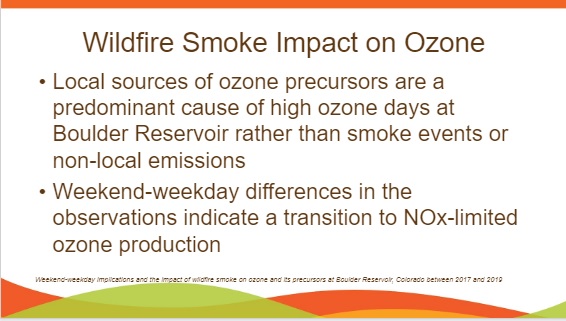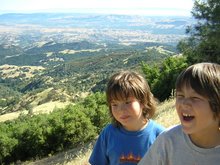 From "War Plan--Red," a United States plan for war with the British Empire. The plan was first approved at the cabinet level in 1930. The United States is "Blue," Canada is "Crimson," and the United Kingdom is "red."
From "War Plan--Red," a United States plan for war with the British Empire. The plan was first approved at the cabinet level in 1930. The United States is "Blue," Canada is "Crimson," and the United Kingdom is "red."The most probable cause of war between RED and BLUE is the constantly increasing BLUE economic penetration into regions formerly dominated by RED trade, to such an extent eventually to menace RED standards of living. The RED race is essentially homogenous, more or less phlegmatic, but determined and persistent when once committed to a policy, and is noted for its ability to fight to a finish.
While CRIMSON provides the RED Empire with advantageous bases at such widely separated points as to invite an initial dispersion of BLUE armed forces, CRIMSON itself occupies an extremely weak position with respect to BLUE. While its territory is of great extent, all well-developed parts thereof lie close to the BLUE bborder; hence, they are especially vulnerable to attack from BLUE.
DECISION
(A) To initiate, at the earliest practicable date, operations designed to sparate CRIMSON from RED. This will include:
--an expedition against Halifax and the Montreal-Quebec area.
--immediate air operations on as large a scale as practicable.
--the establishment of the United States Fleet in the Western North Atlantic to destroy all RED naval forces in that area and to control sea communications between RED and CRIMSON.
(B) To seize RED bases in the western North Atlantic, the West Indies, and the Caribbean Sea.
(C) To make all necessary preparations for the use of chemical warfare from the outbreak of war.
The use of chemical warfare, including the use of toxic agents, is authorized.
-from Harpers, April 2006
Makes me wonder what Cheney and Rove talk about behind closed doors.









